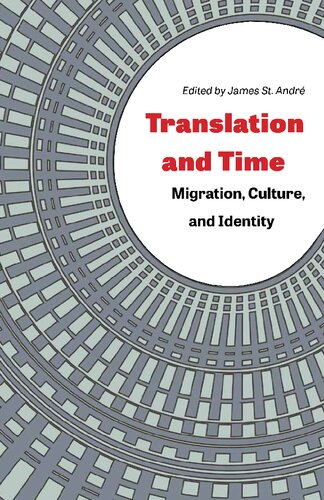

Most ebook files are in PDF format, so you can easily read them using various software such as Foxit Reader or directly on the Google Chrome browser.
Some ebook files are released by publishers in other formats such as .awz, .mobi, .epub, .fb2, etc. You may need to install specific software to read these formats on mobile/PC, such as Calibre.
Please read the tutorial at this link: https://ebookbell.com/faq
We offer FREE conversion to the popular formats you request; however, this may take some time. Therefore, right after payment, please email us, and we will try to provide the service as quickly as possible.
For some exceptional file formats or broken links (if any), please refrain from opening any disputes. Instead, email us first, and we will try to assist within a maximum of 6 hours.
EbookBell Team

4.4
62 reviewsEssays exploring the effect of time on translation studies
This volume brings together ten essays on the relation between temporality and translation, engaging in both theoretical reflection and consideration of concrete case studies. The essays can be read independently, but three major themes run through them and facilitate a discussion about the many ways in which the theoretical and practical consideration of temporality may provide new insights and research directions for translation studies.
The first main theme is temporal metaphors for translation. Why do so few metaphors that describe translation relate to time? How have the few metaphors relating to time that have been used impacted the development of the field? What new metaphors might be useful?
The second theme is the relation between translation and modernity as a new experience of temporality. In China, as in many countries outside Europe, the passage to modernity has been inextricably bound up in the act of translation, either of European texts into Chinese as a way of “importing” modernity or the translation of Chinese texts into European languages as a gauge of quality and a sign that China has become modern.
Third is the translation of temporality and the competing temporalities of source and target texts. How are the nuances of temporality translated, and how do any shifts that occur affect the meaning of the translation? Different cultures have different concepts of time; Nida famously gave the example of a South American language where the past is seen as existing in front of a person while the future is behind them, because they know (“see”) the past but cannot know the future. Several essays engage with these and related issues.